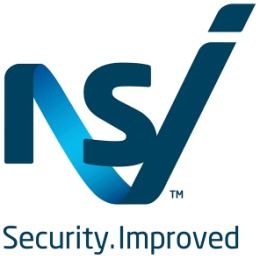Title Page
-
Conducted on
-
Prepared by
-
Location
Facilities: Preparing the Store for Opening
-
For leased properties, work with your landlord and/or your local jurisdiction to obtain early access to store location to ready it for return-to-work (deep cleaning, retrofitting as necessary for new regulations, installation of new signage etc.). (visit Are stores open? On RCC web site)
-
Many mall stores currently have access to their locations as those with exterior doors have been permitted to do curb-side pick-up in many jurisdictions
-
Carefully inspect facilities for any damage or issues caused by vacancy including mechanical, air, and water systems. (take photos of any damage for insurance purposes)
-
Identify which vendors and/or distribution centers are functioning, and the extent to which they may be delayed or limited in their operations. Establish contingency plan for vendor disruptions.
-
Establish protocol for monitoring store occupancy to comply with provincial/territorial capacity guidelines-regulations.
-
If applicable, establish procedure for use of escalators and elevators to avoid crowding (e.g., elevator attendants, queue management, signage indicating maximum capacity, etc.).
-
For mall stores, obtain clarity on what customer screening (e.g., temperature, requirement to wear mask, other) may be required and who will be responsible to perform screening (landlord on behalf of all mall tenants, each individual tenant, etc.).
-
If customer screening is to occur within your store, identify an appropriate location for such screening (such that privacy and social distancing protocols are respected).
-
Assuming screening will occur within your store (mall environment), ensure employee training and proper procedures are in place
Facilities: Other Considerations
-
Keep an inventory of all new signage for your various store locations and facilities and consider providing said signage in different languages to reflect the diversity and cultural needs of your community
-
Assess how to best leverage vendor relationships to ensure you have the inventory you require or access to new products/merchandise
-
Identify list of vendors who can supply all PPE and the ancillary health & safety products you require. Consider joining a BIA buying group or similar organizations to benefit from group buying
-
Establish procedures to regularly disinfect inventory and deliveries of goods
-
Establish protocols and procedures for receiving, handling and processing shipping and receipts (consider contactless confirmation of orders at the back of the store or in DC)
-
Review where shipments originate from to ensure that provincial, national and international borders are still operating and identify the types of shipments that may be stopped, delayed or unauthorized due to COVIS-19 (review current legislation relating to the quarantine of products, services, and operators such as truck drivers)
-
Review all security protocols for stores and other facilities
-
Establish new procedures and training for store staff regarding shoplifting incidents (shoplifter wearing mask – coughing on employee – etc.) – training in safe de-escalation
-
Provide a list of law enforcement contacts and incident-list which warrants police intervention
Completion
-
Sign Off


















